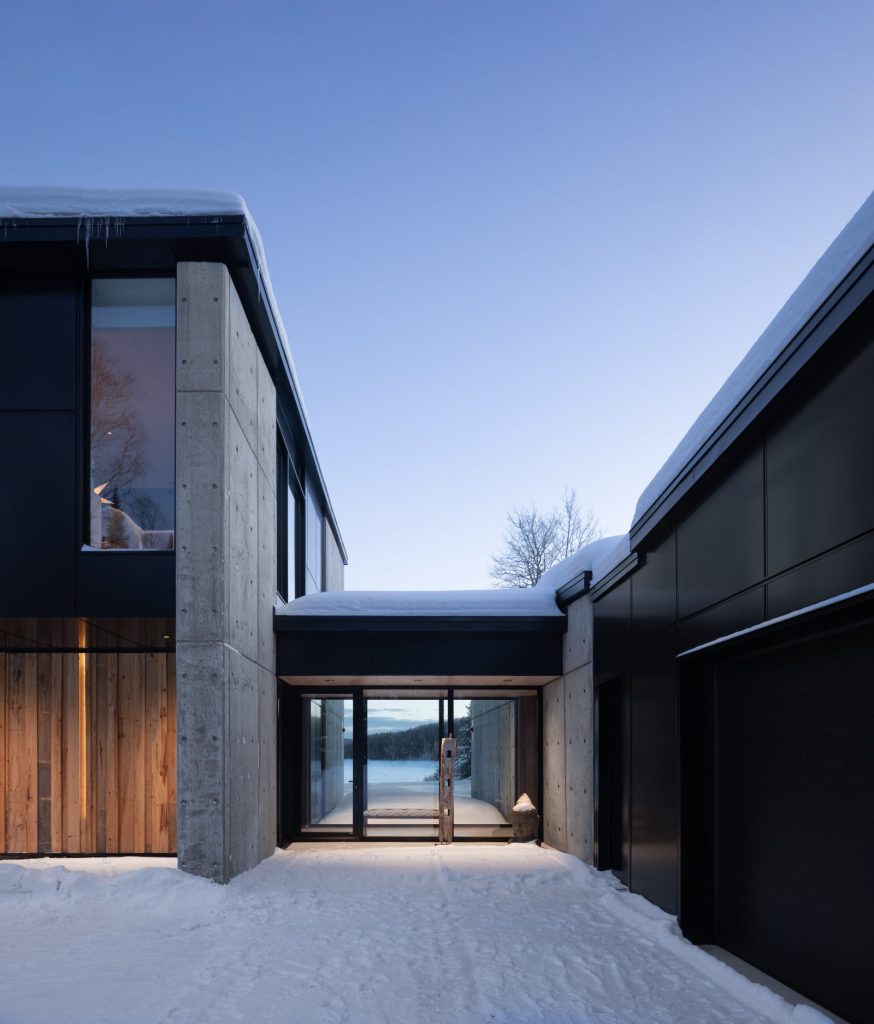In response to the leaky condo crisis and similar events around the world, the development of rainscreen systems advanced significantly. Technological innovations led to the creation of new materials, such as high-performance weather barriers and moisture-resistant cladding, which improved the durability and effectiveness of these systems.
Today, rainscreen systems are widely adopted in various climates and building types, providing reliable protection against moisture-related issues. Modern rainscreen systems are designed with advanced materials that enhance their performance, including breathable membranes, durable cladding options, and efficient drainage mechanisms. These systems are engineered to manage moisture effectively, ensuring that buildings remain dry and structurally sound.
The global adoption of rainscreen systems proves their effectiveness in managing moisture and protecting buildings. Suitable for various climates, these systems offer versatile, reliable solutions for modern construction. As the industry evolves, the importance of rainscreen systems remains crucial, ensuring buildings endure time and elements.









